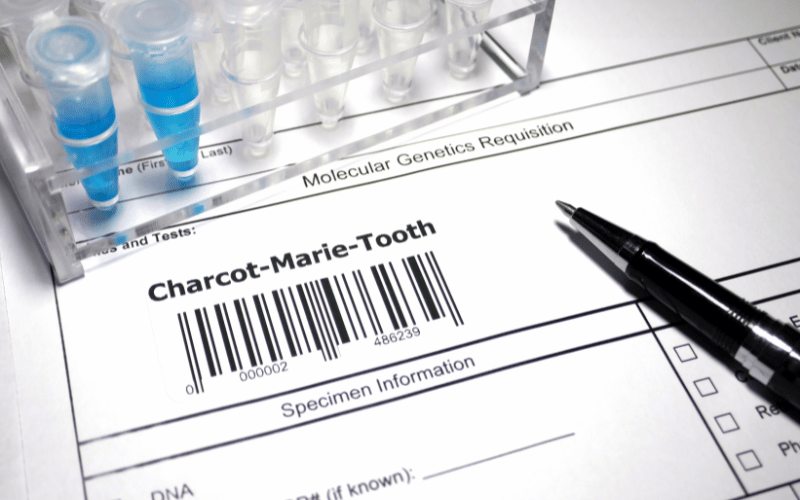Introduction: Understanding Charcot Marie Tooth (CMT) Disease

Charcot Marie Tooth (CMT) disease might not ring a bell for many. It isn’t a name you hear often, yet its implications are profound, especially for those affected.
What it encapsulates is a world of genetic conditions, all intertwined with the nervous system, leading to a myriad of symptoms. CMT is not just one disorder; it represents a spectrum, each with its own unique genetic mutations and subsequent manifestations.
At its core, Charcot Marie Tooth disease affects the peripheral nerves. These nerves are instrumental, responsible for transmitting crucial signals between our muscles and the brain. When these nerves are compromised, the resulting cascade leads to muscle atrophy, significant weakness, and a marked sensory loss.
Differentiating the diverse types of CMT is no minor task. Each type presents its own set of challenges, stemming from the varied genetic mutations. With a keen understanding of each, patients, caregivers, and medical practitioners can tailor their approach to care and management.
Let’s embark on a journey to explore the five primary types of CMT, dissecting their symptoms in detail.
1. CMT Type 1 (CMT1): The Most Common Variant

CMT1, also known as the demyelinating form, is the most common type of Charcot Marie Tooth disease. Its roots are genetic, caused by mutations in genes responsible for the production of proteins in the myelin sheath—a protective covering on the nerve fibers.
This sheath accelerates the conduction of nerve signals. When it’s compromised, nerve signals slow down, resulting in the characteristic symptoms of CMT1.
The onset of symptoms in CMT1 generally occurs during childhood or adolescence. Initial signs might be subtle—a frequent tripping or difficulty in running.
However, as time progresses, these symptoms can become more pronounced, affecting daily activities and quality of life. It’s a gradual journey, with the disease slowly tightening its grip, making early diagnosis and intervention critical for better management.
Apart from the neurological symptoms, CMT1 manifests physically too. Foot deformities like high arches (pes cavus) and hammertoes (toes that curl downwards) are common.
These aren’t just cosmetic concerns; they can affect balance and necessitate specialized footwear. Moreover, as the muscles of the hands and feet weaken and atrophy, fine motor skills, like writing or buttoning shirts, can become challenging. (1)